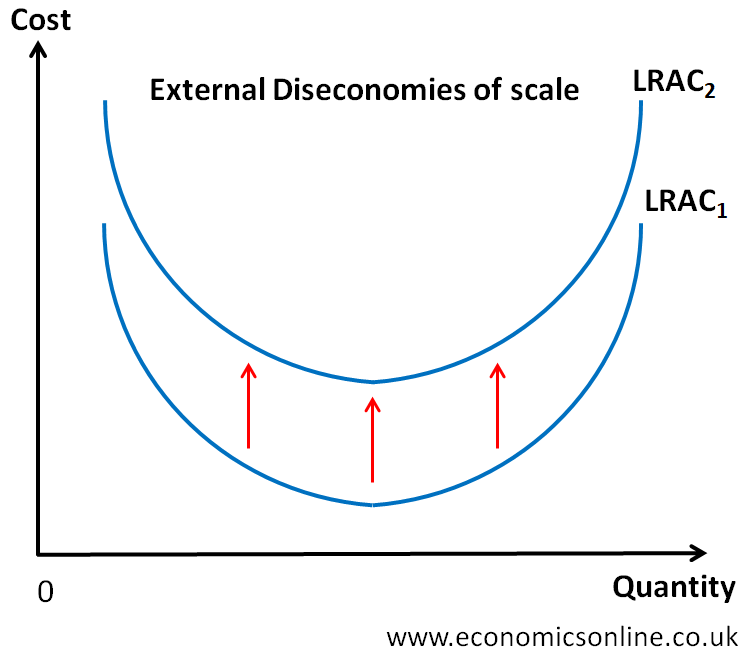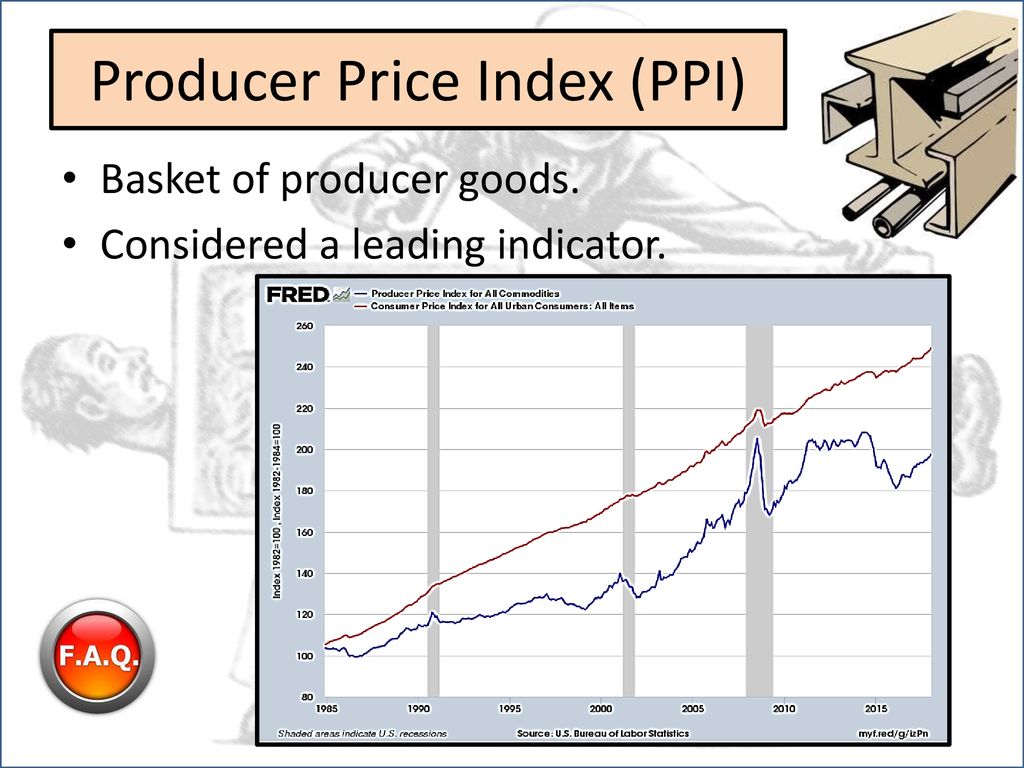
Diseconomies of Scale: The Challenges of Growing Too Big – Understanding the Hidden Costs of Business Growth
Every business dreams of growth. Expanding markets, increasing revenue, hiring more people – it all sounds like a path to success. And often, it is! As companies grow, they frequently experience what’s known as Economies of Scale, where producing more goods or services actually makes each unit cheaper to produce. Think of bulk discounts on raw materials or spreading the cost of expensive machinery over more products.
However, there’s a lesser-known, often misunderstood concept that every aspiring entrepreneur and seasoned business leader needs to grasp: Diseconomies of Scale. This is the point where a company grows so large that its costs per unit actually start to increase instead of decrease. In simpler terms, it becomes more expensive and less efficient to operate, not because of external factors, but because of the sheer size and complexity of the organization itself.
Growing too big isn’t just about becoming unwieldy; it can directly impact profitability, innovation, and even employee morale. Let’s dive deep into the fascinating world of Diseconomies of Scale and understand the challenges of growing beyond your optimal size.
What Exactly are Diseconomies of Scale?
Imagine you’re planning a small family dinner. It’s relatively easy to coordinate: buy some ingredients, cook a meal, everyone eats. The cost per person is quite low.
Now, imagine you’re planning a massive wedding for 500 guests. Suddenly, things get much more complicated and expensive per guest. You need a venue, caterers, decorators, a wedding planner, security, multiple layers of staff, and intricate coordination. Even if you’re buying food in bulk, the overheads and complexities associated with managing such a large event push the cost per person significantly higher than for your small family dinner.
This wedding analogy perfectly illustrates Diseconomies of Scale. It’s when an organization’s expansion leads to:
- Increased complexity: More people, more departments, more processes.
- Coordination difficulties: Harder to ensure everyone is working together efficiently.
- Higher administrative costs: More managers, more HR, more legal, more IT support.
- Diminishing returns on growth: Each additional unit produced or service offered costs disproportionately more.
While Economies of Scale are about efficiency gains from growth, Diseconomies of Scale represent the point where those gains are outweighed by the inefficiencies and added costs of managing a massive enterprise.
The Common Challenges: How Growing Too Big Hurts Businesses
When a company crosses the threshold into Diseconomies of Scale, several common problems tend to emerge. These aren’t always immediately obvious but can slowly erode a company’s competitive edge.
1. Communication Breakdown
- The Problem: In a small company, everyone might sit in one office, or communication is direct and informal. As a company grows, more layers of management are added, departments become siloed, and the direct lines of communication stretch and break. Messages get distorted, delayed, or lost entirely as they travel up, down, and across the organizational chart.
- Impact:
- Slow Decision-Making: Simple decisions require multiple approvals.
- Misunderstandings: Projects go off track due to unclear instructions.
- Silos: Departments stop communicating effectively, leading to duplicated efforts or missed opportunities.
- Lack of Transparency: Employees feel out of the loop and less connected to the company’s overall goals.
2. Management Inefficiency & Bureaucracy
- The Problem: With growth comes the need for more formal processes, rules, and procedures. While necessary to some extent, too much can lead to "red tape" – excessive paperwork, endless meetings, and layers of approval for even minor tasks. The focus shifts from doing work to managing the process of doing work.
- Impact:
- Reduced Agility: Companies become slow to respond to market changes or customer needs.
- Frustration: Employees feel stifled by rules and lack the autonomy to innovate.
- Bloated Administration: More managers are hired to manage other managers, adding to overhead costs without directly increasing productivity.
- Loss of Entrepreneurial Spirit: The creative, risk-taking culture of a smaller startup is replaced by a cautious, rule-following mentality.
3. Loss of Focus & Specialization Issues
- The Problem: Large companies often diversify into many products or services to chase growth. While this can spread risk, it can also dilute the company’s core focus. Additionally, employees in very large organizations can become extremely specialized, losing sight of the overall company mission or how their work contributes to the bigger picture.
- Impact:
- Diluted Brand Identity: Customers may become confused about what the company truly stands for.
- Quality Control Challenges: Maintaining consistent quality across a vast array of products or services becomes difficult.
- Lack of Ownership: Employees might feel like a small cog in a huge machine, reducing their sense of responsibility and pride in their work.
- Difficulty in Innovation: Specialization can make cross-functional collaboration harder, hindering the development of truly novel solutions.
4. Coordination Problems
- The Problem: Ensuring that different departments or teams within a massive organization work seamlessly together is a monumental task. Marketing might not coordinate with sales, production might not align with supply chain, leading to bottlenecks and inefficiencies.
- Impact:
- Missed Deadlines: Projects are delayed due to inter-departmental friction.
- Wasted Resources: Departments might unknowingly duplicate efforts or work at cross-purposes.
- Customer Dissatisfaction: Customers experience disjointed service if different parts of the company aren’t synchronized.
- Internal Conflicts: Turf wars and blame games can erupt between departments.
5. Increased Costs (Overheads)
- The Problem: While Economies of Scale reduce per-unit production costs, Diseconomies of Scale introduce a new type of cost: the cost of managing the large organization itself. This includes more managers, more HR staff, bigger IT infrastructure, complex legal departments, public relations, and a host of administrative functions that don’t directly produce goods or services but are essential for a large entity.
- Impact:
- Higher Fixed Costs: A larger portion of revenue goes to administrative overheads.
- Reduced Profit Margins: Even if sales increase, the increased operational costs eat into profits.
- Less Flexibility: High fixed costs make it harder to scale down during economic downturns.
6. Reduced Agility & Innovation
- The Problem: Large organizations, like supertankers, are slow to change direction. Implementing new ideas, adapting to market shifts, or pivoting strategies takes a long time due to multiple layers of approval, complex systems, and resistance to change from established departments.
- Impact:
- Missed Opportunities: Nimbler competitors can seize new market trends faster.
- Lagging Innovation: New product development cycles become longer and more expensive.
- Risk Aversion: The culture might become too focused on maintaining the status quo rather than embracing necessary risks.
7. Employee Morale & Motivation
- The Problem: In a very large company, individual employees can feel like a number rather than a valued contributor. Their work might seem insignificant in the grand scheme, and opportunities for direct recognition or promotion can feel distant. This can lead to disengagement.
- Impact:
- High Employee Turnover: Talented individuals seek opportunities where they feel more impactful.
- Low Productivity: Demotivated employees are less productive and less committed.
- Lack of Creativity: Employees may stop offering new ideas if they feel unheard or that their contributions won’t make a difference.
- Unionization: In some cases, a feeling of powerlessness can lead to a desire for collective bargaining.
Recognizing the Signs: Is Your Company Experiencing Diseconomies of Scale?
It’s crucial for leaders to be vigilant and identify the early warning signs before Diseconomies of Scale take a serious toll. Ask yourself:
- Are decisions taking much longer than they used to?
- Are communication breakdowns a frequent complaint?
- Do employees feel bogged down by excessive rules and paperwork?
- Are different departments constantly at odds or unaware of each other’s work?
- Are administrative costs (HR, IT, legal, management salaries) growing disproportionately to revenue?
- Is the company slow to react to new market trends or competitor moves?
- Are employees complaining about feeling like a "small cog" or lacking influence?
- Is employee turnover increasing, especially among talented individuals?
- Are new product launches or major initiatives taking significantly longer and costing more than expected?
- Has innovation slowed down, or are new ideas struggling to gain traction?
If you answered yes to several of these, your company might be feeling the pinch of growing too big.
Strategies to Combat Diseconomies of Scale
Recognizing the problem is the first step; actively managing growth is the solution. Companies don’t necessarily have to stop growing, but they must grow smartly. Here are strategies to mitigate the effects of Diseconomies of Scale:
-
Decentralization & Empowerment:
- Break down the large organization into smaller, more autonomous business units or teams.
- Empower these units with decision-making authority and clear responsibilities. This fosters a sense of ownership and agility similar to a smaller company.
-
Streamline Communication Channels:
- Invest in communication tools that bridge geographical and departmental divides (e.g., project management software, internal social networks).
- Promote cross-functional teams and regular inter-departmental meetings.
- Encourage direct communication and reduce unnecessary layers of approval.
-
Invest in Technology & Automation:
- Automate repetitive tasks and processes to reduce administrative burden and increase efficiency.
- Utilize data analytics to gain insights and make faster, more informed decisions.
- Implement robust IT systems that support collaboration and information sharing, rather than hindering it.
-
Foster a Strong Company Culture:
- Reinforce core values and a clear mission statement that unites employees across all departments.
- Recognize and reward contributions at all levels to combat feelings of insignificance.
- Create opportunities for employees to connect and collaborate outside their immediate teams.
-
Regular Review and Adaptation:
- Continuously evaluate organizational structure, processes, and costs.
- Be willing to shed non-core businesses or streamline departments that have become bloated.
- Embrace a culture of continuous improvement and learning from mistakes.
-
Strategic Planning with Growth Limits:
- Understand that indefinite, uncontrolled growth isn’t always optimal.
- Define clear strategic goals for growth that consider efficiency and sustainability, not just size.
- Focus on deepening market penetration or improving existing offerings rather than always expanding into new, unrelated areas.
The "Optimal Size" Concept
There isn’t a magic number for the "optimal size" of a company. It varies greatly depending on the industry, product, market, and even the company’s culture. For some businesses, like a local bakery, staying relatively small might be optimal. For others, like a global logistics company, a massive scale is essential.
The key takeaway is that every organization has a point where the benefits of further growth begin to diminish, and the costs and complexities start to outweigh the advantages. Smart leaders understand this dynamic. They don’t just chase growth for growth’s sake, but rather strive for sustainable, efficient growth that keeps the organization agile, innovative, and profitable.
Conclusion
Diseconomies of Scale are a crucial concept for anyone involved in business. While growth is often celebrated, uncontrolled expansion can introduce significant hidden costs and challenges that undermine a company’s success. From communication breakdowns and bureaucratic nightmares to increased costs and dwindling morale, the perils of growing too big are real.
By understanding these challenges and proactively implementing strategies to maintain agility, foster effective communication, and empower employees, businesses can navigate the complexities of growth more successfully. The goal isn’t to avoid growing, but to grow intelligently, finding that sweet spot where the benefits of scale are maximized, and the pitfalls of Diseconomies of Scale are effectively managed.




Post Comment